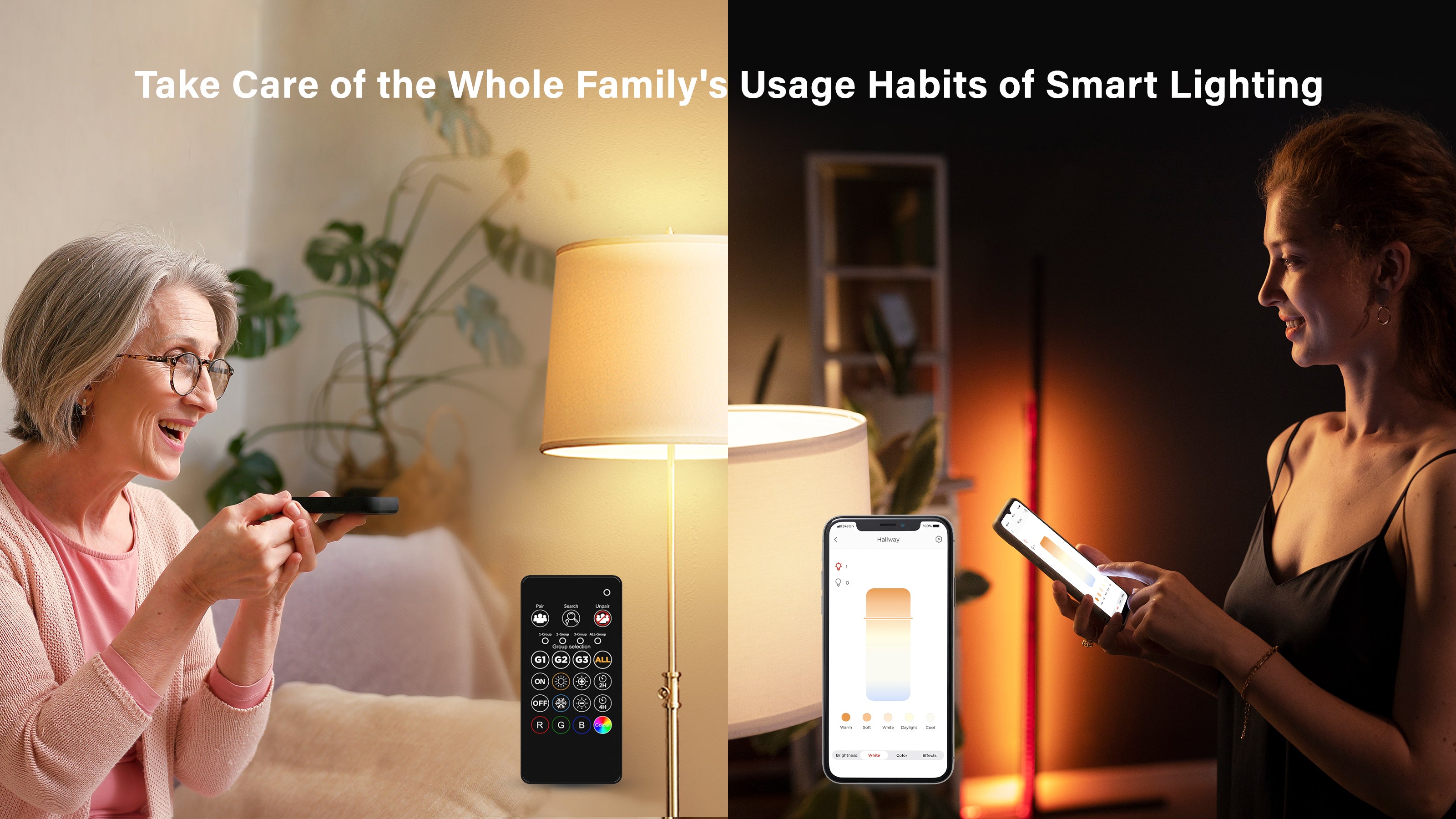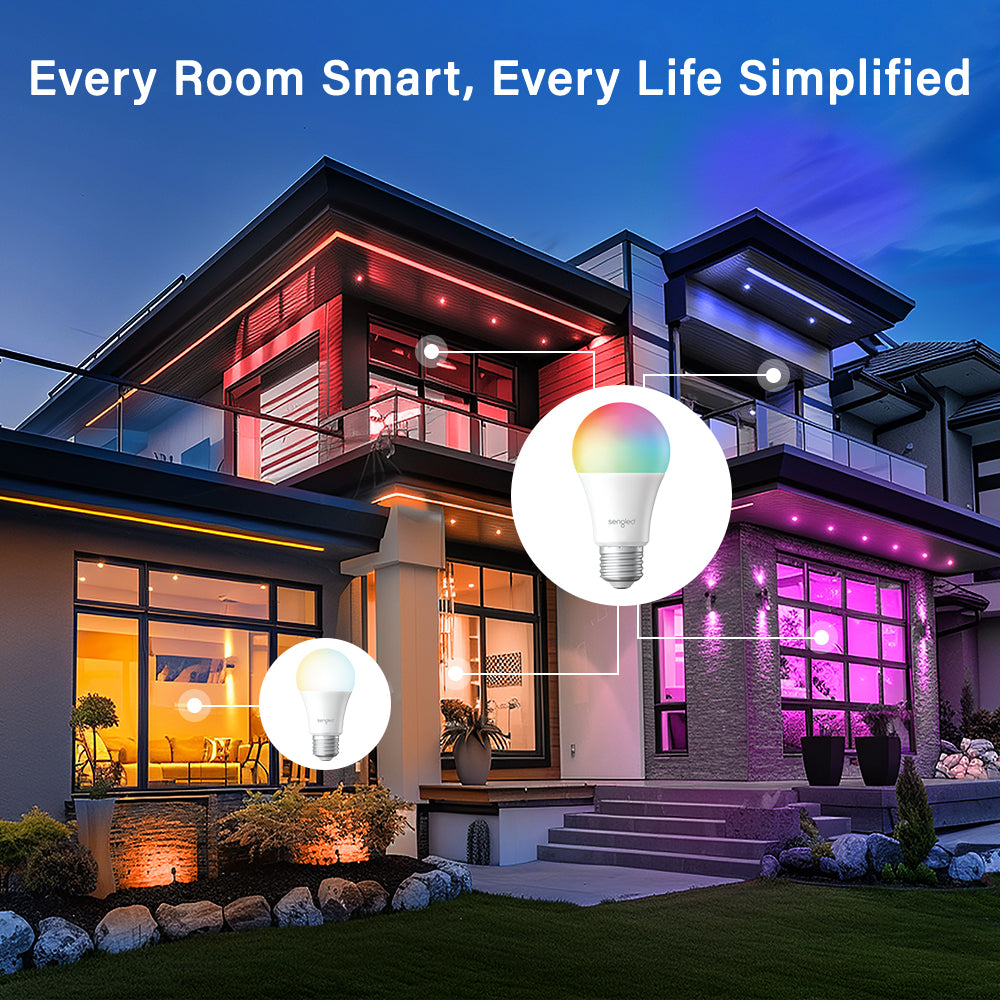Imagine a bustling office space where employees are struggling to stay awake during an afternoon slump. Suddenly, the lights shift from a harsh white to a warm amber glow, instantly creating a more inviting atmosphere that boosts productivity and morale. This is not just an imaginative scenario; it’s the power of smart CCT (Correlated Color Temperature) lights in action. As businesses increasingly adopt these innovative lighting solutions, understanding their legal and regulatory attributes becomes essential.
The Regulatory Framework Surrounding Smart CCT Lights
smart cct lights represent a significant advancement in lighting technology, allowing users to adjust color temperatures for various settings and moods. However, with innovation comes responsibility—both legally and ethically. The legal framework surrounding smart lighting encompasses regulations on energy efficiency standards, data privacy concerns related to user information collection, and compliance with safety certifications. Stakeholders—including manufacturers, consumers, and regulatory bodies—must navigate these responsibilities carefully to ensure that rights are upheld while fostering technological advancements.
Diving Deeper into Different Color Light Bulbs: Stakeholder Rights and Responsibilities
The introduction of different color light bulbs within the realm of smart CCT technology raises important considerations regarding stakeholder rights and responsibilities. For instance, consumers have the right to transparent information about how these products operate—including potential impacts on health due to varying light spectrums—and their environmental footprint. Manufacturers must take responsibility by ensuring compliance with relevant regulations while also providing clear usage guidelines that empower consumers to make informed choices about their lighting environments.
Sengled’s Approach to Stakeholder Rights and Responsibilities

Sengled stands out as a leader in integrating stakeholder rights into its business model concerning smart CCT lights. The company emphasizes transparency by offering detailed product specifications that inform customers about energy consumption rates and expected lifespan—all crucial factors for environmentally conscious buyers today. Furthermore, Sengled actively engages with stakeholders through feedback mechanisms designed for continuous improvement based on consumer experiences—a testament to its commitment toward responsible corporate practices.
Conclusion: Navigating the Future of Smart Lighting Technology
In summary, as we embrace the transformative capabilities of smart CCT lights within our spaces—from homes to offices—we must remain vigilant regarding their legal implications tied closely with stakeholder rights and responsibilities. By prioritizing transparency among manufacturers like Sengled while empowering consumers through knowledge-sharing initiatives can pave the way for sustainable growth in this burgeoning industry.
